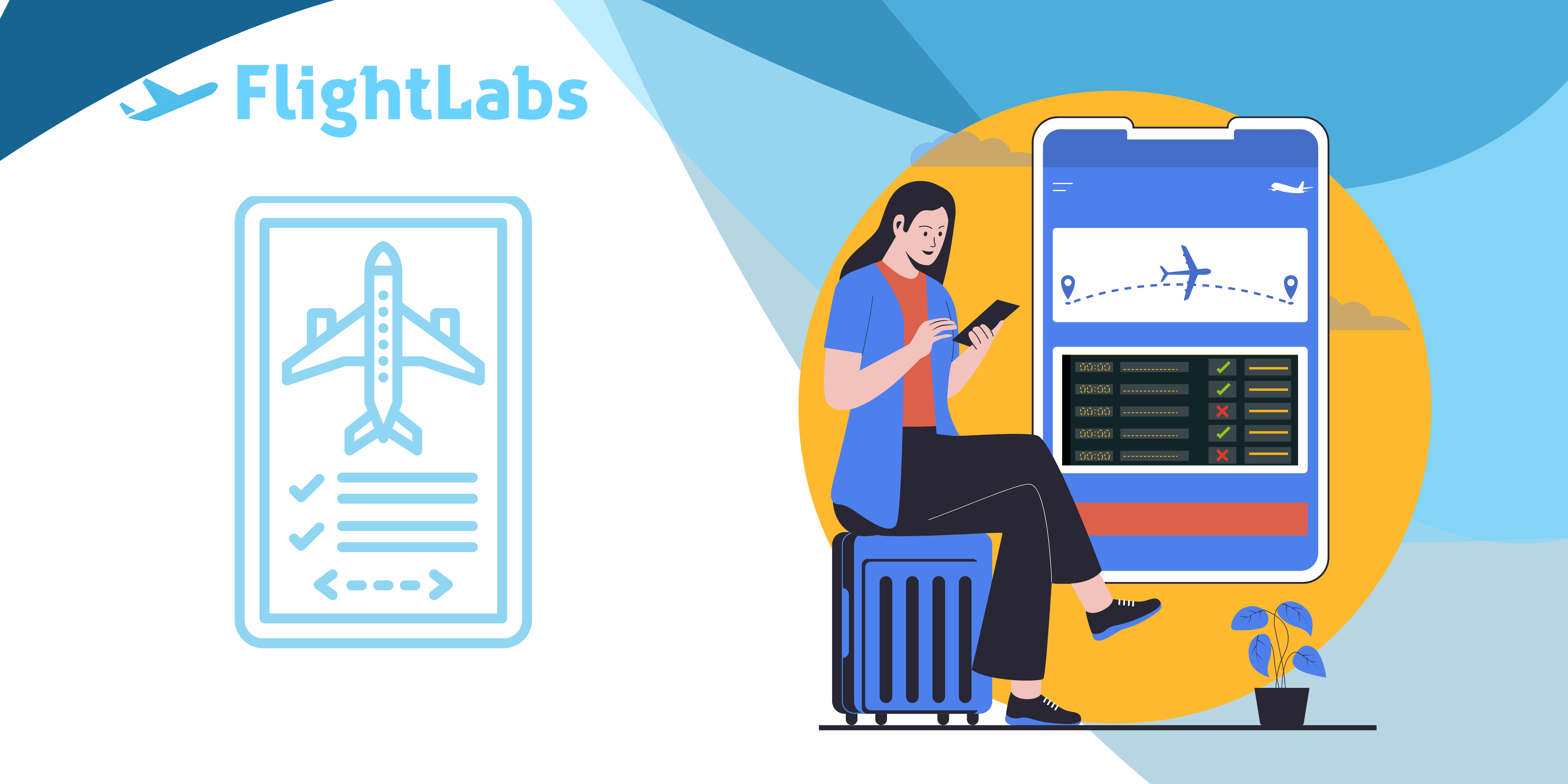Flight Data API: Easy Integration For Accurate Flight Data

In an increasingly interconnected world, the demand for real-time and precise flight data has never been higher. The advent of Flight Data APIs marks a significant milestone in the aviation and travel industries. These APIs have transformed the way developers and businesses access and utilize flight information, making it more efficient and reliable. This article delves into the realm of Flight Data APIs, shedding light on their functionality, significance, and the game-changing impact of leading providers like FlightLabs.
Understanding Flight Data APIs
A Flight Data API, at its core, is a set of protocols and tools that enable developers to access and integrate flight information into their applications. This data can include flight schedules, real-time status updates, airport information, and more. By using a Flight Data API, developers can seamlessly incorporate accurate and up-to-date flight data into their projects, enhancing the overall user experience and functionality.
Flight Data APIs work by interfacing with various data sources such as airlines, airports, and aviation authorities. These APIs aggregate and standardize the information, making it accessible through a unified endpoint. When a request is made to the API, it fetches the relevant data and delivers it in a structured format, often in JSON or XML. This allows developers to easily parse and integrate the data into their applications, ensuring that users have access to the latest flight information.
The Role of Flight Data APIs in Developer Projects
Enhancing Application Functionality
Flight Data APIs play a pivotal role in enhancing the functionality of various applications. For travel apps, these APIs provide critical information that helps users make informed decisions about their travel plans. From checking flight availability to tracking delays, the integration of flight data ensures that users have all the necessary information at their fingertips. This not only improves the app's functionality but also boosts user engagement and satisfaction.
Improving User Experience
User experience is a key factor in the success of any application. By integrating Flight Data APIs, developers can offer a more seamless and intuitive experience. Real-time updates on flight status, gate changes, and delays can be provided directly within the app, reducing the need for users to search for information elsewhere. This convenience translates to higher user retention and positive reviews, which are crucial for the app's growth and reputation.
Selecting the Best Flight Data API: FlightLabs
When it comes to choosing a Flight Data API, FlightLabs stands out as a top contender. FlightLabs offers a comprehensive suite of features that cater to the needs of developers and businesses alike. Some of the key features include real-time flight tracking, historical data, airport information, and airline schedules. Additionally, FlightLabs provides robust support and extensive documentation, making it easier for developers to integrate the API into their projects.
FlightLabs distinguishes itself through its commitment to accuracy and reliability. The API aggregates data from multiple reputable sources, ensuring that the information provided is both precise and up-to-date. Moreover, FlightLabs offers a highly scalable solution, capable of handling large volumes of requests without compromising performance. This makes it an ideal choice for developers looking to build high-performance applications that rely on accurate flight data.
Getting Started with FlightLabs: Step-by-Step
Integrating FlightLabs into your application is a straightforward process. First, you need to sign up for an API key on the FlightLabs website. Once you have your key, you can start making requests to the API. The FlightLabs documentation provides detailed instructions on how to structure your requests and handle responses. Here's a basic example to get you started:
- Sign Up: Register for an account on the FlightLabs website and obtain your API key.
- Set Up: Install any necessary libraries or dependencies in your development environment.
- Make a Request: Use your API key to make a request to the FlightLabs endpoint, specifying the type of data you need.
- Parse the Data: Once you receive the response, parse the data and integrate it into your application.
Conclusion: The Future Of Flight Data APIs
The future of Flight Data APIs is bright, with continuous advancements in technology making them more powerful and accessible. As developers and businesses increasingly rely on these APIs, the need for accurate and real-time flight data will continue to grow. FlightLabs, with its comprehensive features and reliable performance, is at the forefront of this revolution.
By providing easy integration and robust support, FlightLabs is empowering developers to build innovative applications that enhance the travel experience. Embracing Flight Data APIs and leveraging providers like FlightLabs is not just a trend but a necessity in today's fast-paced digital landscape.


